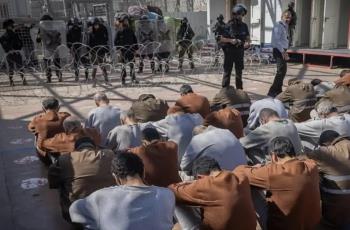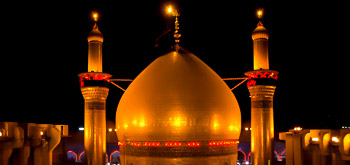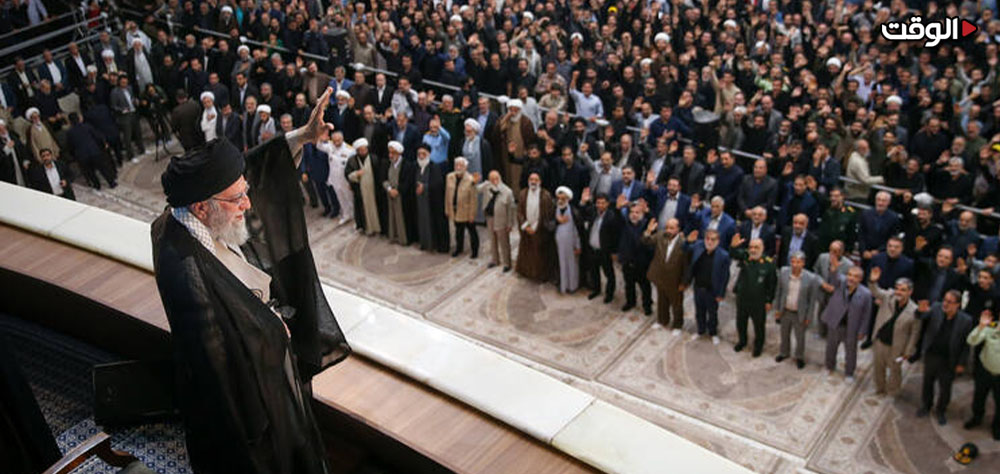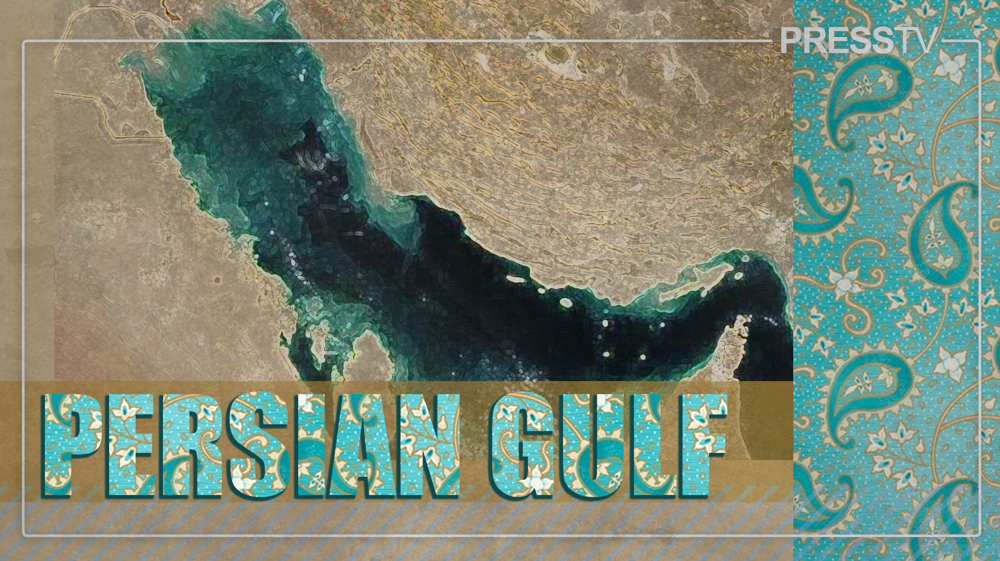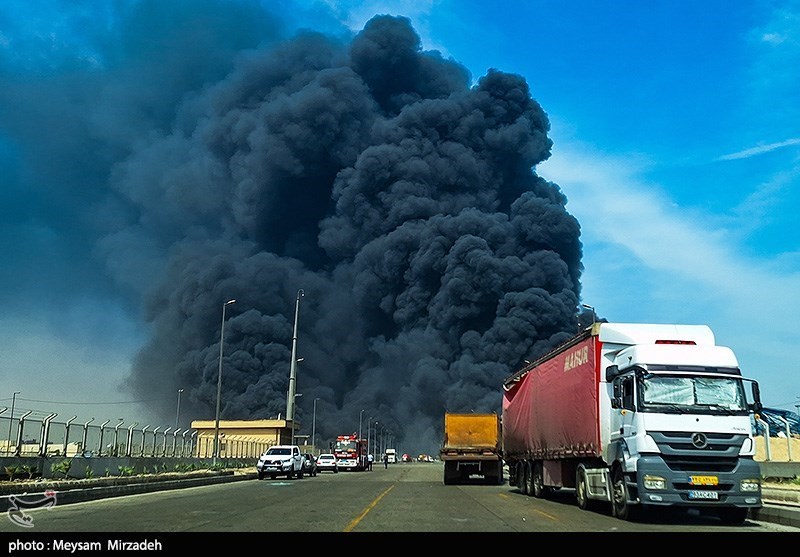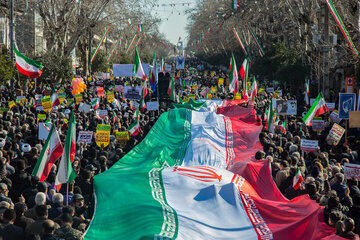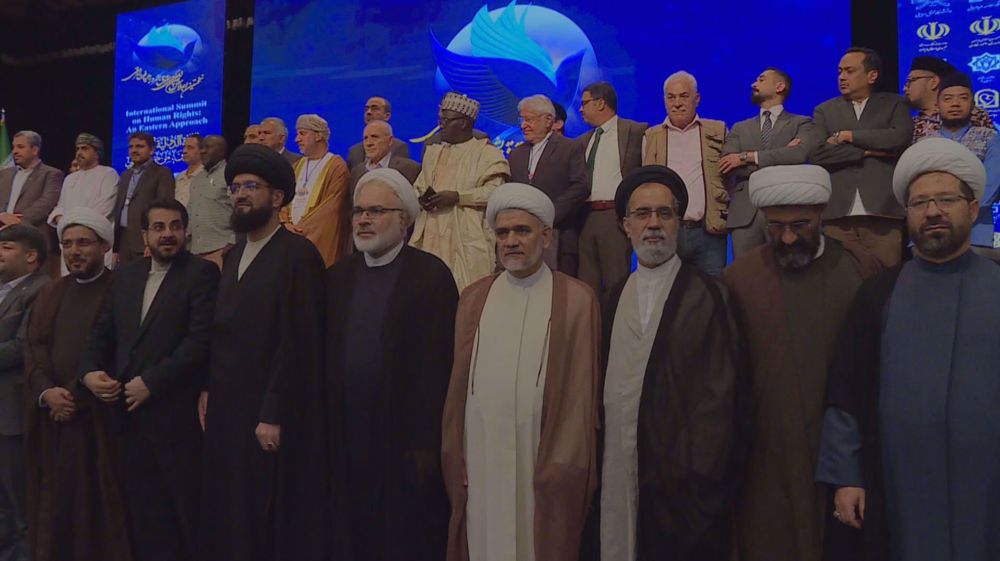Alwaght- While the world community is pushing for end of Gaza war and delivery of aid to the war-ravaged Palestinian enclave to prevent a broader humanitarian disaster, the hardline government of Israeli Prime Minister Benjamin Netanyahu in other parts of occupied Palestine is seeking to establish its control over the Palestinians lands especially the West Bank and Al-Quds (Jerusalem) through occupational projects.
In this connection, Israeli media reported that Israeli government intends to celebrate launching "Pilligrimage Road" in the occupied Al-Quds with the presence of the US Secretary of State Mark Rubio ahead of the UN General Assembly.
The project was first officially unveiled in June 2019 at a ceremony attended by former US Ambassador David Friedman and then-US Middle East envoy Jason Greenblatt. The 700-meter-long structure is located in the occupied settlement of David and runs beneath the Palestinian neighborhood of Silwan, south of the Al-Aqsa Mosque, connecting to the Western Wall plaza. It is part of a wider Israeli plan to link the settlement of David to the Old City and the outer precincts of the Al-Aqsa Mosque compound.
Altering Al-Quds historical and demographic composition
While promoted by Israeli officials as an archaeological and tourism initiative, the Pilgrimage Road project pursued in Al-Quds and the West Bank is alleged to have objectives that extend far beyond this stated purpose.
Palestinian officials and cultural advocates describe the project as a core component of a broader Israeli policy aimed at the judaization of Al-Quds and the gradual erasure of the city's Palestinian identity.
Through extensive excavations and the creation of tunnels which they claim follow the route of ancient Jewish pilgrims to the Temple Mount, Israelis are attempting to impose a new historical narrative on public opinion—one that completely contradicts the area's established Islamic and Christian heritage.
The Pilgrimage Road is also seen as an effort to alter Al-Quds' geography and redefine its urban and religious spaces, effectively reconstructing the city's historical landscape to fit a narrative favorable to Tel Aviv.
Beyond altering the historical character of the area, the project is a significant tool for displacing Palestinian residents from their homes and neighborhoods. Numerous Palestinian homes in Silwan and the areas surrounding Al-Aqsa have been demolished or face evacuation orders due to the excavations and construction, amounting to what critics call a gradual policy of demographic removal.
A further stated concern is that the project aims to lay the groundwork for the full annexation of the West Bank. The Knesset recently passed an annexation proposal, seen as providing the Netanyahu cabinet with the necessary political and legal backing to move forward with the process of formalizing its control.
Concurrently, the Israeli military has approved a "special emergency plan" for the West Bank within the framework of the Pilgrimage Road project, intended to ensure full preparation for any potential Palestinian reaction or attack. These simultaneous measures highlight a strategic alignment between the government and military forces to consolidate control over the West Bank and accelerate the process of Judaizing the occupied Al-Quds .
By altering the demographic composition and bolstering the presence of settlers in Al-Quds, Israelis are effectively seeking to create an inseparable link between the city and other parts of the West Bank. This connection paves the way for the implementation of annexation policies, as the gradual removal of Palestinians from Al-Quds and the solidification of its Israeli identity strengthens Tel Aviv's claim to a "unified Israeli land." This project is a continuation of the policy known as the "Judaization of Al-Quds," which has been pursued with varying intensity since the city's occupation in 1967.
From a domestic perspective, the project also serves to address the demands of the far-right to cement their political standing. To maintain his fragile coalition with extreme right-wing parties, Netanyahu has been compelled to commit to accelerating the annexation of the West Bank. Consequently, the Pilgrimage Road project can be seen as an integral part of Netanyahu's political promises and a key tool for appeasing the extremist parties in his governing coalition to prevent its collapse.
Hardline factions, led by National Security Minister Itamar Ben-Gvir and Finance Minister Bezalel Smotrich, have consistently emphasized strengthening the settler presence in Al-Quds and the West Bank. By leveraging projects like the Pilgrimage Path, they aim to solidify their social base among their radical supporters. The implementation of this plan not only accelerates demographic and identity changes in Al-Quds but also provides a legal pretext for the frequent incursions by settlers into the Al-Aqsa Mosque compound, which are often guided by extremist leaders.
This plan is being vehemently pursued as Netanyahu's staunch backer Donald Trump is in power in the US. Washington's unconditional support for Tel Aviv has provided Netanyahu with a golden opportunity to rely on this backing to realize the long-standing Israeli ambition of altering Al-Qud's identity and annexing occupied territories.
Blocking an independent Palestinian state
The noisy implementation of Pilligrimage Road is coming at a time new development are unfolding internationally. Over the past few weeks several European countries including France, Irland, Spain, and Norway announced their plan to recognize an independent Palestinian state simultaneous with the UNGA events. The decision, which can enhance international legitimacy of the Palestinian state, has put Tel Aviv in a tight spot politically.
Israeli officials, including Netanyahu and hardline ministers in his cabinet, have repeatedly stated that they will not allow the establishment of a Palestinian state, asserting that all occupied territories, including Al-Quds and the West Bank, are an inseparable part of Israel. In a recent statement, Netanyahu explicitly said, "Any effort to impose a two-state solution is a mere illusion. Israel will maintain sovereignty over the entire historical land of the Jewish people."
Therefore, the Pilgrimage Road is not merely a civil engineering or cultural initiative but serves a distinct political and security function. It is part of a broader Tel Aviv strategy to entrench the occupation and eliminate any prospect for the formation of a Palestinian state.
In effect, the Israeli government is instrumentalizing Pilgrimage Road to demonstrate its political will. Tel Aviv aims to send a clear message that even if the international community recognizes Palestine diplomatically, Israel will, in practice, permit no real change to the status of the occupied territories.
This policy starkly runs counter to the international law, including multiple UN Security Council resolutions concerning the West Bank. However, buoyed by unwavering support from Washington and some Western nations, Tel Aviv perceives itself to be in a position where it can advance these measures without fear of legal consequences.
In summary, the Pilgrimage Road is far from a simple project; it is a component of the long-term Israeli policy aimed at the full annexation of occupied territories and the elimination of Palestine from the region's political and historical map. At a time the global public opinion is intensely mobilized against Israel's actions in Gaza, pursuing this plan risks igniting further anger and instability across the region. Such a behavior not only ruins any hopes for a two-state solution, but also risks broadening the conflict beyond the occupied territories.


